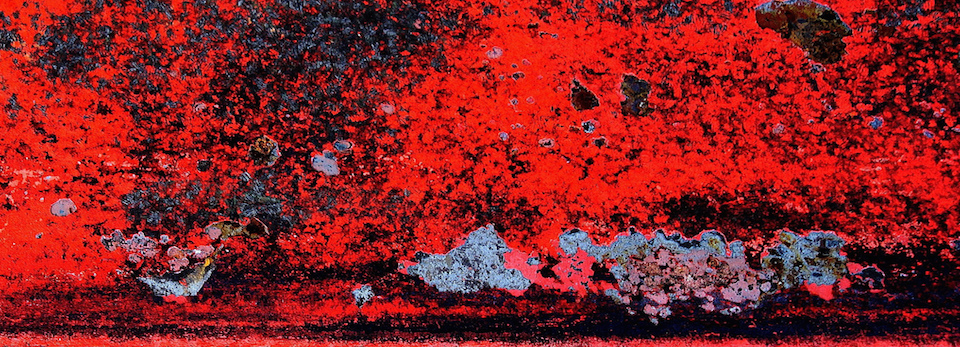Post-Enlightenment Western society relies upon narratives of progress and civilization to cultivate hope that humanity has risen above its primitive foundations (Bayer 346). In his third novel, Cloud Atlas (2004), David Mitchell rejects such a “deterministic view of History as progress” (Machinal 135) as “reconfigurations of the same patterns” are seen across six unrelated narratives in six different settings and time periods (Kucala 109). Prior literature on this text has focused on the novel’s structure as being either a palindrome or matryoshka doll model, or alternatively, as an application of Nietzschean theories of eternal recurrence. This paper, however, explores how Nietzschean or opaque similarity, (as discussed by Kucala, and J.H. Miller, where the contrast between two formulations generates similarity) enables a matryoshka doll structure to better represent the cyclical model of time supported by principles of eternal recurrence, referring to the idea that all events repeat over time. Through the aforementioned palindrome structure, mise en abyme embedded narratives, narrative metalepsis, and remediation, Mitchell depicts how narratives of greed and oppression recur organically across time and space. Such audacious postmodern structural choices encourage the novel’s reflexivity as a metafiction, as a self-awareness of its own fictionality and textuality highlights rather than obscures the stories and individual lives within.
View More “Sunt lacrimae rerum”: A structural analysis of Cloud AtlasTag: David Mitchell
Peak Oil in the Popular Imagination
In the 21st century, we remain beholden to the oil economy. Oil shapes our geopolitics, our economic forecasts, the global transportation of our commodities, and impacts upon the costs of day-to-day living. Since the invention of the internal combustion engine, the petroleum industry has risen to such prominence that we cannot understand modern capitalism outside of its history as petro-capitalism …
View More Peak Oil in the Popular ImaginationA Unified Scene? Global Fictions in the C21
The twenty-first century has been marked by an unprecedented intensification in globalisation, transnational mobility and technological change. According to Peter Boxall, there has been a ‘turn in the fiction of the new century’ to reflect this ‘contemporary global condition’ (Boxall 141). This turn is especially pertinent to any discussion of literature from Britain or the United States …
View More A Unified Scene? Global Fictions in the C21Pixels/Tissue – Drone Wars and Suicide Attacks
Suicide bombing and drone strikes, both radically ultimate, occupy opposite ends of the spectrum of asymmetrical warfare: while the Unmanned Aerial Vehicle combines maximum destructiveness with zero physical danger for the pilot, a suicide attack is, following Baudrillard, the…
View More Pixels/Tissue – Drone Wars and Suicide Attacks



